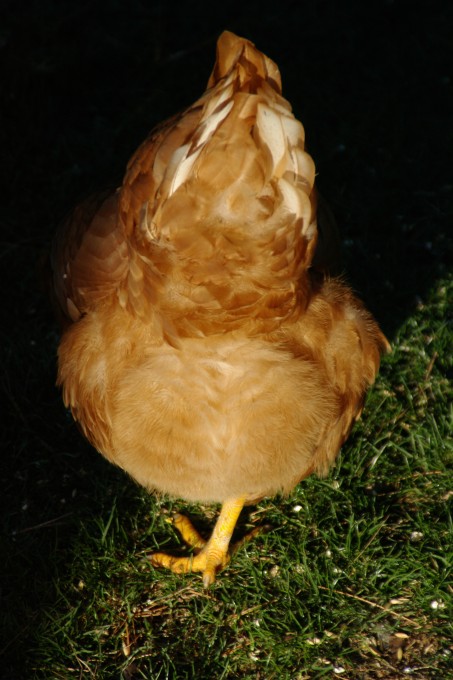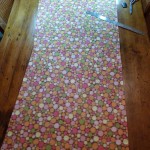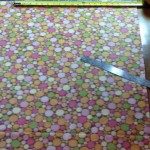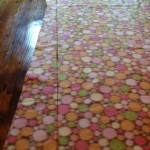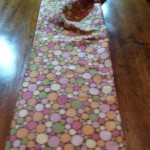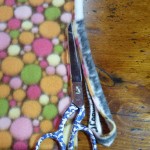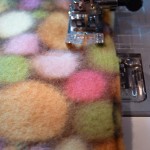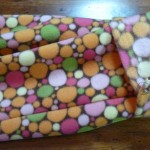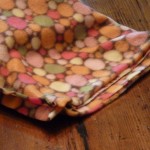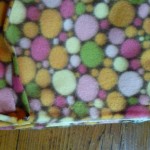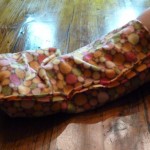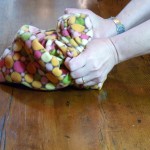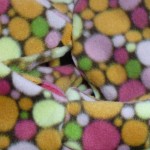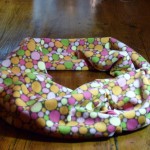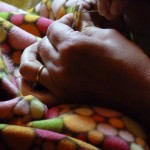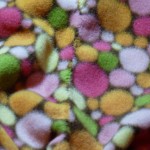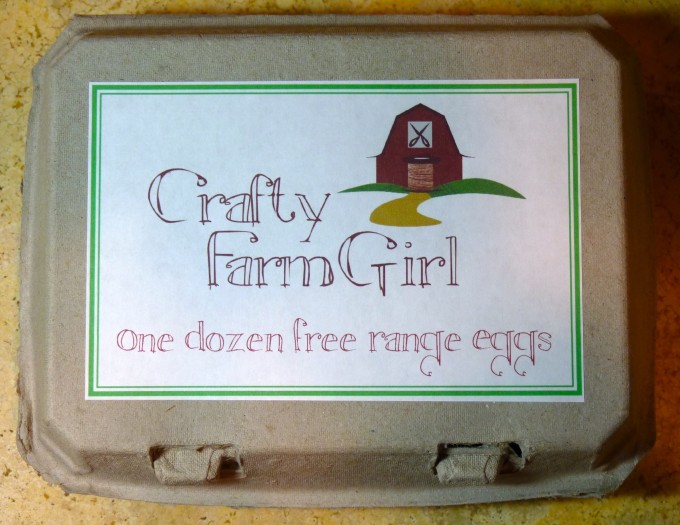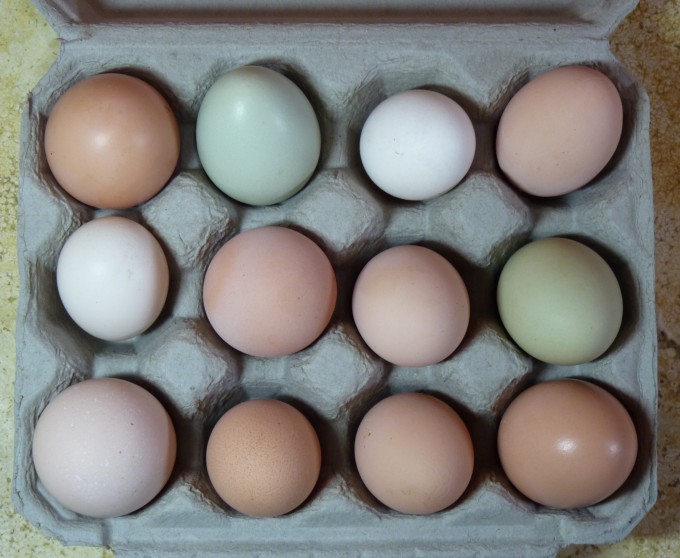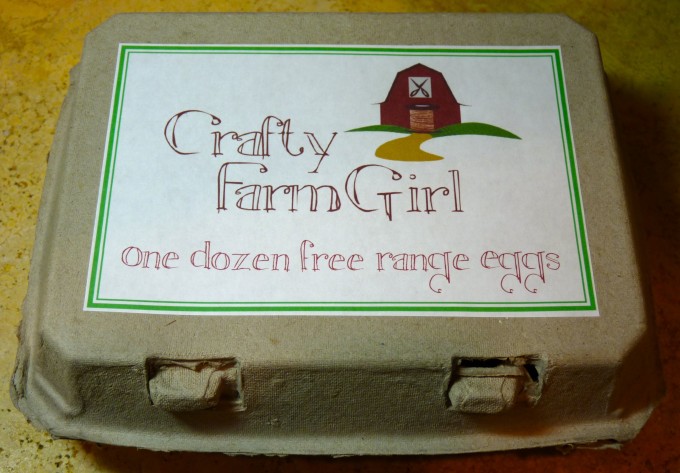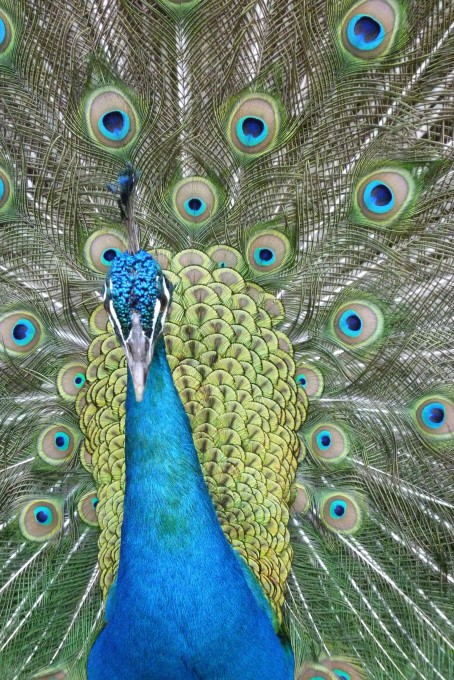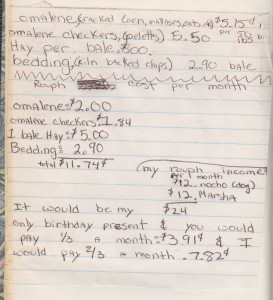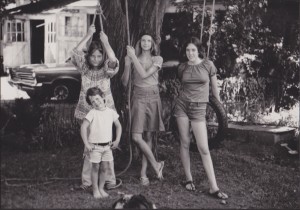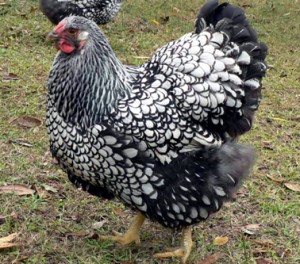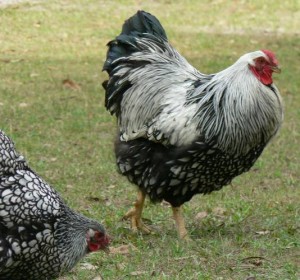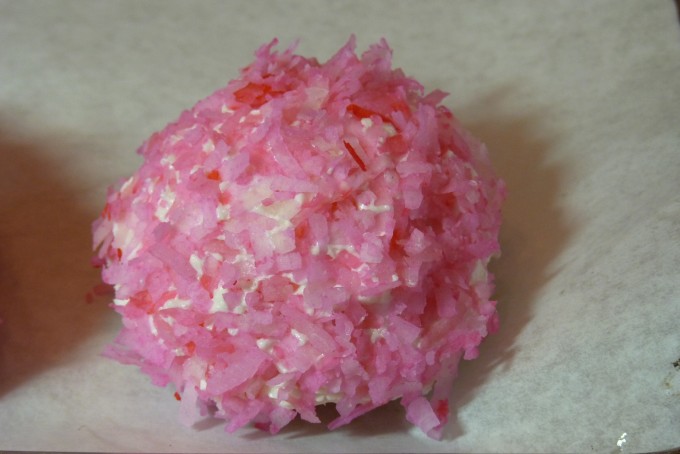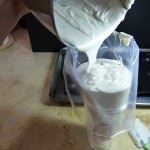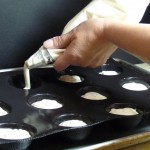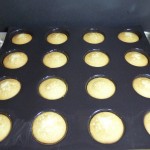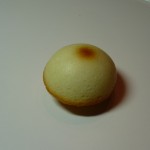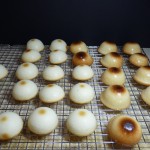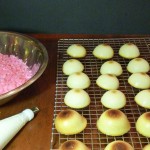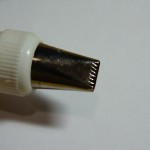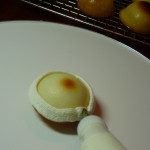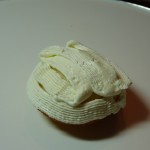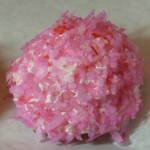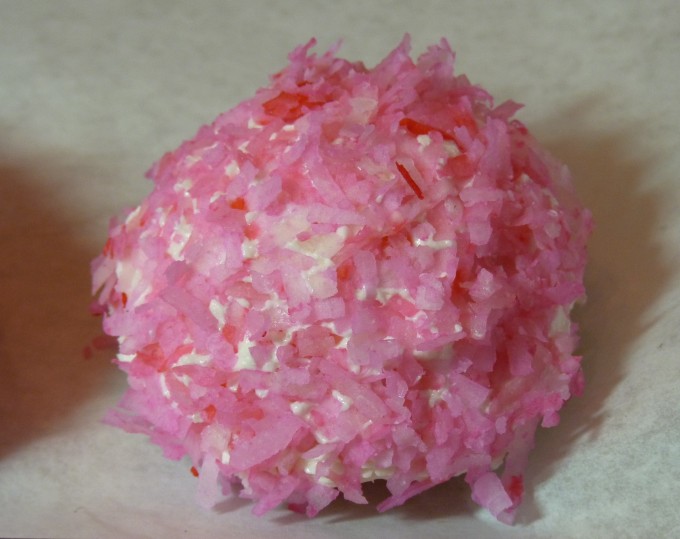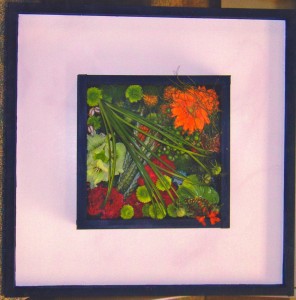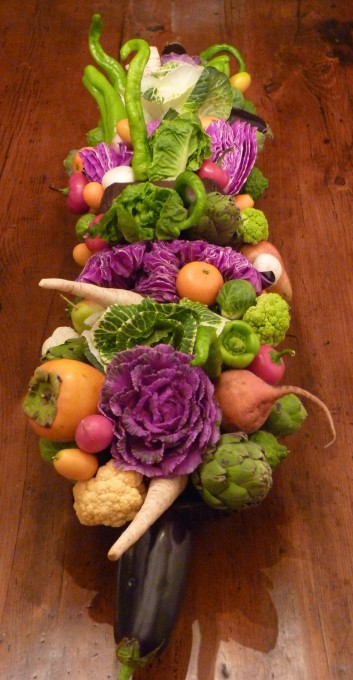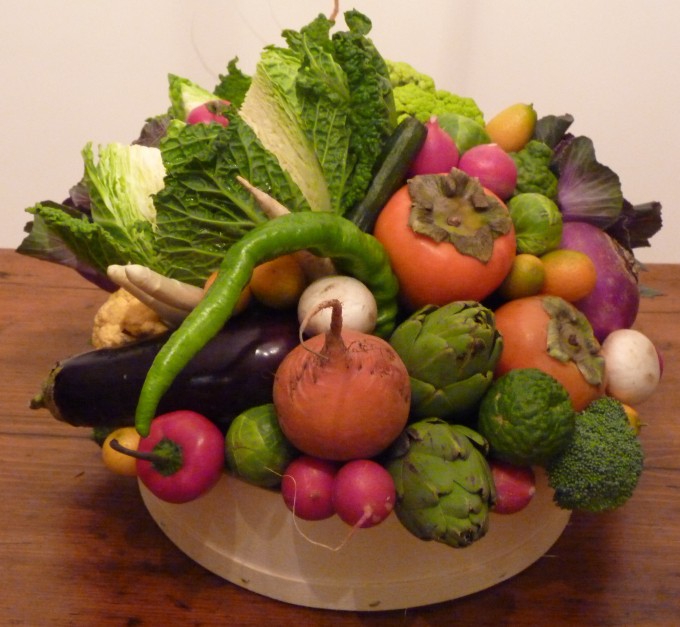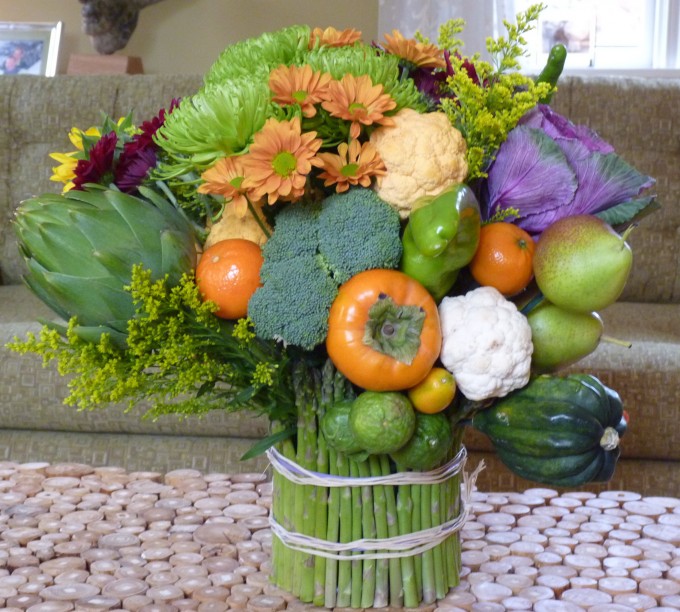
The final product of processed vegetables and bread
One of the great things about having chickens and goats is that you nothing goes to waste. When I’m cooking dinner at night or cooking for a blog post all vegetable and fruit scraps, broccoli stalks, vegetable & potato peelings all go into a bowl for the animals. Every week of so I go through my vegetable & fruit drawers in the fridge and the bread storage area in the pantry and pull out those things that are past their prime. I don’t use moldy bread, but if I’ve bought a new loaf of bread or english muffins and still have some of the old at home, I’ll use that. I also never use really rotten fruit or veggies. In this example I had a big bag of string beans that I’d never gotten around to cooking that were a little bit slimy (I washed them before using) as well as three bags of carrots – 2 of which were getting a little hairy and old looking.
I pull out my cuisinart, chop things up a bit, and pulse them in the food processor to make delicious chicken and goat food. It’s especially nice for them at this time of year when there’s not many bugs around and certainly no green grass to nibble on with all the snow we’ve gotten lately.

Slightly slimy, but washed green beans

A little hairy but perfectly good carrots

Old english muffins and whole grain bread
I chop things up. Now if I just had goats I would make it much coarser than I do. But since Melina & Cissy are a little on the heavy side, I like to grind mine pretty fine so they have to work harder to eat it. Plus with their pregnancies I don’t want them getting any fatter than they already are! For chickens it needs to be ground pretty fine. You’d be amazed at the size of some things I’ve seen a chicken fit down it’s throat, but I prefer to not make them do this.
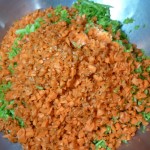
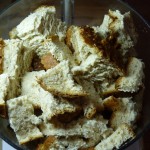

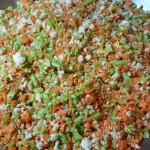
I usually get quite a large bowl of finished feed, so I’ll just stick it in the fridge and once or twice a day take a bowl of it out and throw it around for them.
Everyone comes running when they see me, hoping that I might have some yummy treat for them.
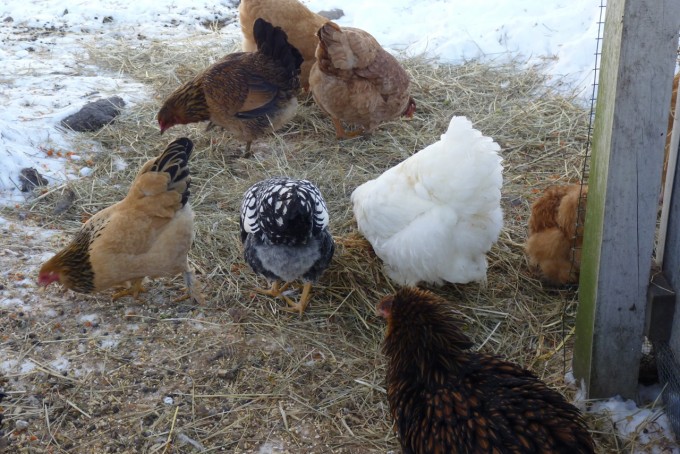
Delicious

Yummy Treats on a Cold Winter Day

Isn't She Beautiful?
